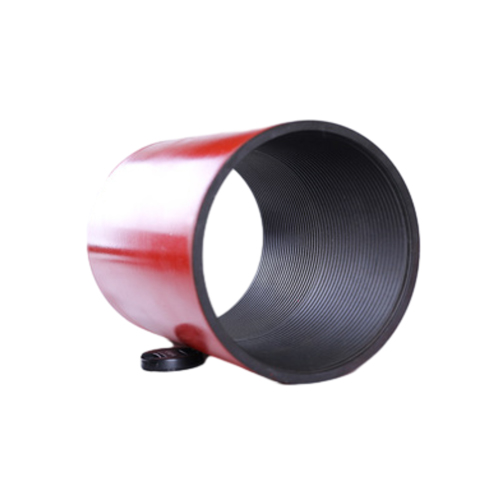- Afrikaans
- Albanian
- Amharic
- Arabic
- Armenian
- Azerbaijani
- Basque
- Belarusian
- Bengali
- Bosnian
- Bulgarian
- Catalan
- Cebuano
- Corsican
- Croatian
- Czech
- Danish
- Dutch
- English
- Esperanto
- Estonian
- Finnish
- French
- Frisian
- Galician
- Georgian
- German
- Greek
- Gujarati
- Haitian Creole
- hausa
- hawaiian
- Hebrew
- Hindi
- Miao
- Hungarian
- Icelandic
- igbo
- Indonesian
- irish
- Italian
- Japanese
- Javanese
- Kannada
- kazakh
- Khmer
- Rwandese
- Korean
- Kurdish
- Kyrgyz
- Lao
- Latin
- Latvian
- Lithuanian
- Luxembourgish
- Macedonian
- Malgashi
- Malay
- Malayalam
- Maltese
- Maori
- Marathi
- Mongolian
- Myanmar
- Nepali
- Norwegian
- Norwegian
- Occitan
- Pashto
- Persian
- Polish
- Portuguese
- Punjabi
- Romanian
- Russian
- Samoan
- Scottish Gaelic
- Serbian
- Sesotho
- Shona
- Sindhi
- Sinhala
- Slovak
- Slovenian
- Somali
- Spanish
- Sundanese
- Swahili
- Swedish
- Tagalog
- Tajik
- Tamil
- Tatar
- Telugu
- Thai
- Turkish
- Turkmen
- Ukrainian
- Urdu
- Uighur
- Uzbek
- Vietnamese
- Welsh
- Bantu
- Yiddish
- Yoruba
- Zulu
Durable Stainless Steel Couplings for Reliable Connections in Plumbing and Industrial Applications
Understanding Stainless Steel Couplings A Comprehensive Overview
Stainless steel couplings are critical components used in various industries for connecting two shafts or pipes, ensuring efficient transmission of power or fluid. These couplings are renowned for their durability, corrosion resistance, and versatility, making them a popular choice in applications ranging from plumbing to heavy machinery.
What is a Stainless Steel Coupling?
A coupling is a device that connects two rotating shafts to transmit power or torque. Stainless steel couplings are specifically designed to take advantage of the material's unique properties, such as high tensile strength, resistance to corrosion, and ability to withstand high temperatures. Stainless steel, an alloy primarily comprised of iron, chromium, and nickel, offers a remarkable balance of strength and corrosion resistance, making it ideal for applications in harsh environments.
Types of Stainless Steel Couplings
There are various types of stainless steel couplings, each designed for specific applications
1. Rigid Couplings These couplings do not allow for any misalignment between the shafts. Rigid couplings are used in applications where precision alignment is critical, such as in high-speed machinery.
2. Flexible Couplings Designed to accommodate slight misalignments, flexible couplings are ideal for applications where vibration or thermal expansion could cause shifting between connected shafts. They provide some flexibility, improving the longevity and reliability of machinery.
3. Universal Joint Couplings These are designed to transmit rotary motion between shafts that are not aligned. They're commonly used in automotive applications and heavy equipment where alignment cannot be guaranteed.
4. Clamped Couplings Often used in piping systems, these couplings are designed to allow for quick installation and removal. The clamping mechanism facilitates easy adjustments and maintenance, making them a preferred choice in plumbing and hydraulic applications.
Advantages of Stainless Steel Couplings
Stainless steel couplings offer numerous benefits
stainless steel coupling

- Corrosion Resistance Unlike traditional steel couplings, which may rust and degrade over time, stainless steel couplings are resistant to corrosion and oxidation. This property makes them suitable for use in environments exposed to moisture, chemicals, and extreme temperatures.
- Durability and Strength Stainless steel is known for its high strength-to-weight ratio, making these couplings capable of handling heavy loads and high pressure without failure.
- Versatility They can be used in a variety of applications, from industrial machinery to consumer products, including automotive and kitchen equipment
.- Low Maintenance Due to their resistance to rust and wear, stainless steel couplings often require minimal upkeep, resulting in lower long-term operational costs.
Applications of Stainless Steel Couplings
Stainless steel couplings are employed across numerous sectors, including
- Manufacturing They are essential in conveying systems, mixers, and pumps for efficient operation.
- Construction Used in a variety of structural applications, stainless steel couplings help ensure the integrity and safety of construction projects.
- Hydraulics and Pneumatics In fluid power applications, stainless steel couplings provide reliable connections that resist leakage.
- Marine Environment The corrosion resistance of stainless steel makes these couplings ideal for marine applications where components are exposed to saltwater.
In summary, stainless steel couplings play a vital role in many engineering applications due to their strength, endurance, and adaptability. Whether connecting shafts in an industrial machine or ensuring tight seals in piping systems, their unique properties provide reliability and performance, making them indispensable in modern engineering and manufacturing. Whether you are designing a new system or maintaining existing equipment, choosing the right coupling can have a significant impact on the efficiency and longevity of your operation.
-
Tubing Pup Joints: Essential Components for Oil and Gas OperationsNewsJul.10,2025
-
Pup Joints: Essential Components for Reliable Drilling OperationsNewsJul.10,2025
-
Pipe Couplings: Connecting Your World EfficientlyNewsJul.10,2025
-
Mastering Oilfield Operations with Quality Tubing and CasingNewsJul.10,2025
-
High-Quality Casing Couplings for Every NeedNewsJul.10,2025
-
Boost Your Drilling Efficiency with Premium Crossover Tools & Seating NipplesNewsJul.10,2025







